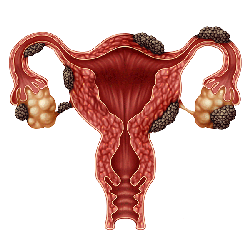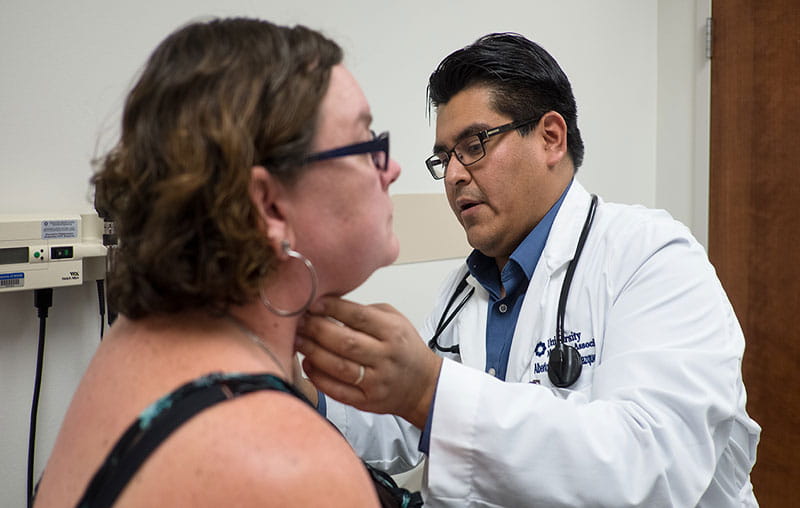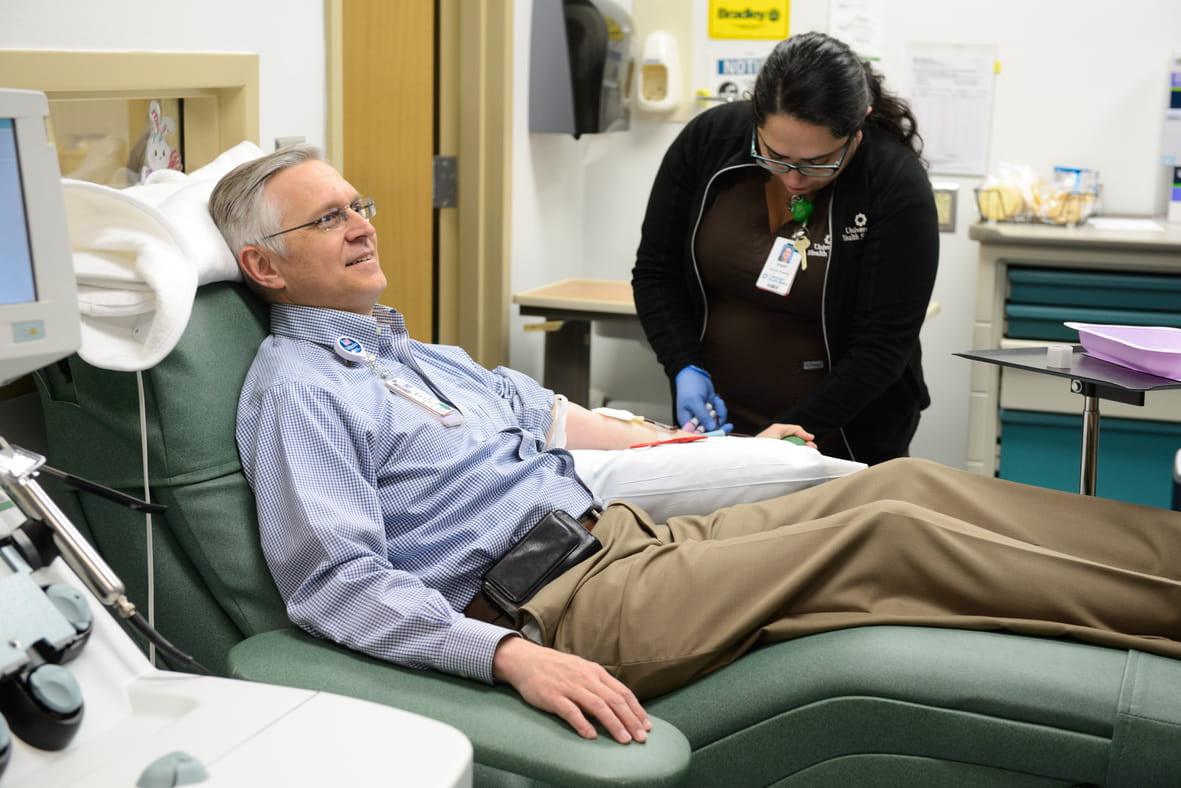Endometriosis is a chronic disease caused by the lining of the uterus (the endometrium) growing outside the uterus. According to The American College of Obstetricians and Gynecologists, it affects 1 in 10 women during their reproductive years.
Many patients consider the symptoms embarrassing. As a result, many women don’t talk about them during an exam.
Additionally, it’s often mistaken for other health conditions, such as pelvic inflammatory disease, irritable bowel syndrome or interstitial cystitis, just to name a few. Unfortunately, this disease goes undiagnosed for an average of 8 to 10 years.
What are the first signs of endometriosis?
Pelvic pain before and during periods, which may include heavy bleeding, is a common telltale sign. Some women experience pain during sexual intercourse, during bowel movements or while urinating, but not every month. Other symptoms may include lower back pain, nausea or digestive issues.
What is going on when you have endometriosis?
Tissue gets trapped in the body and causes pain. Uterine tissue that doesn’t get expelled during a period still reacts to hormonal changes. These endometrial implants respond to changes in estrogen. They grow and attach to organs like the ovaries, fallopian tubes, bladder, intestines and more.
At times, this tissue becomes swollen. It reacts to the estrogen each month. For some women, it causes scar tissue to form. If severe, it can cause organs to stick together. The inflammation and the tissue sticking on the organs can cause a great deal of pain.
Endometriosis can lead to infertility
Women who have endometriosis have infertility issues approximately 30 to 50% of the time. According to the Office On Women’s Health, a division of the U.S. Department of Health & Human Services, researchers believe endometriosis may affect as many as one in every two women with infertility.
“When it comes to the infertility component of this disease, we know endometriosis affects the anatomy of the reproductive organs. The ovaries may not work properly. A change in the women’s anatomy can block the sperm and prevent normal movement through the fallopian tubes and uterus," said Dr. Jennifer Knudtson, an endometriosis specialist at University Health and assistant professor of reproductive endocrinology and infertility at UT Health San Antonio.
How do you know if you have endometriosis?
Unfortunately, the only way to confirm endometriosis is by surgical evaluation. Typically, this disease is diagnosed and treated at the same time.
A laparoscopy is performed. Small incisions are made to the abdomen and a scope is inserted with a camera to see if endometrial tissue is present outside the uterus. When found, the unwanted tissue is removed or burned to stop further growth.
If you think you have endometriosis, Dr. Knudtson recommends you prepare for your next doctor’s appointment:
- Keep a calendar and record your level of pain (1-10).
- Record if you missed work or social events due to the severity of your symptoms.
- Record the date and specifics of all symptoms.
- Don’t be embarrassed – talk openly about your period symptoms.
- Ask for a referral; see a gynecologist or endometriosis specialist.
Endometriosis treatment
Treatments can be provided without laparoscopic surgery or given in support after surgery:
- Pain relievers, anti-inflammatory drugs
- Birth control or other hormonal medications
- Progestin injections
In severe cases, involving stage IV endometriosis, sometimes a hysterectomy is necessary to take out all of the endometrial tissue from the body including the ovaries to prevent it from coming back.





